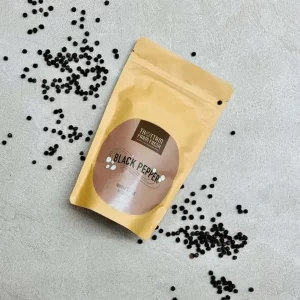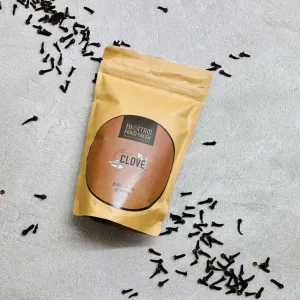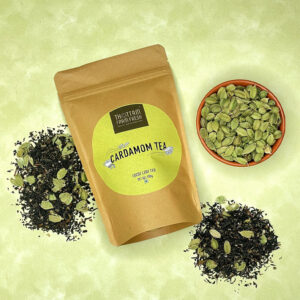In order for us to garner a good understanding of the ways in which dishes around the world use spices, a good first step might just be to learn spices name in various languages – i.e. spices in Tamil, spices in Hindi, spices in Malayalam, spices in English. Here’s a handy reference guide to help you identify spices name right away, both Indian and International.
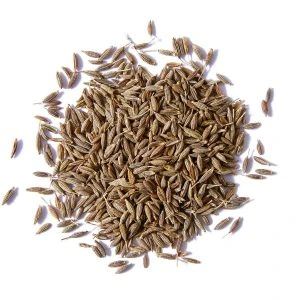
Cumin
Cumin, scientifically called cuminum cyminum, is known as jeera or jira in Hindi, jeeragam in Tamil and jeerakam in Malayalam. Having originated in the Mediterranean region, jeera is very popular in Indian cuisine and is also used in copious amounts in the Mediterranean regions of Europe and India. It is known as kimyon in Turkish areas and kamoun in Arabic regions. In other places where it is also used, such as France, Germany and Spain, it is called cumin noir, schwarzer kreuzkümmel and linguee respectively.
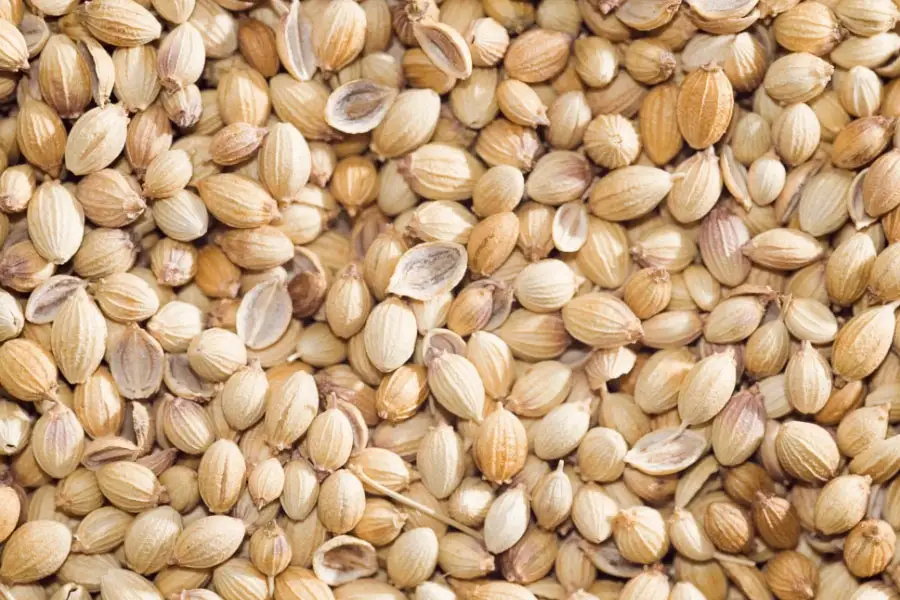
Coriander
Scientifically known as coriandrum sativum (spices name), coriander is called dhania or dhanya in Hindi, kothamalli in Tamil, kothimbir in Marathi and malli in Malayalam. Also originally a Mediterranean spice, coriander is now commercially produced in India, Morocco, Russia, East European countries, France, Central America, Mexico and the United States. It is known as kuzbarah in Arabic, coriandre in French, koriandersamen in German and cilantro in Spanish.
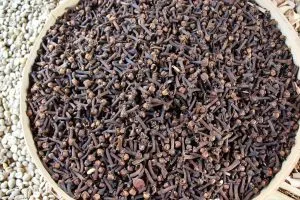
Clove
Clove is scientifically known as syzygium aromaticum, and is indigenous to Indonesia, where it is called céngké or cengkih. It is also grown extensively in Madagascar, Malaysia, Sri Lanka and India. In Hindi, it is referred to as laung, in Tamil as grambu/lavangam and it is known as karayam poo in Malayalam. In French, cloves are known as clou de girofle, in German as nelke or gewürznelke and as kabsh qarunfil in Arabic.
Garlic
Scientifically known as allium sativum (spices name), garlic is an old spice known to have originated in West Asia and the Mediterranean region. Today, it is grown majorly in countries like India, China, Spain, Argentina and the United States. The Hindi name for garlic is lasun. In Tamil, it is known as poondu, and in Malayalam it is known as Velluthulli. Internationally, garlic is rather popular – who doesn’t like garlic bread, after all? The Turkish name for garlic is sarımsak, the Portuguese name is alho, the Italian name is aglio and the German name is knoblauch. Garlic is also popular in Greek cuisines, where it is called skordo. The Thai call it krathiam and the Chinese (Mandarin) call it da suan.
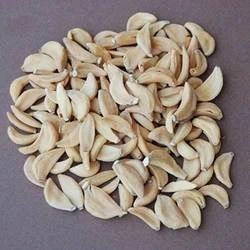
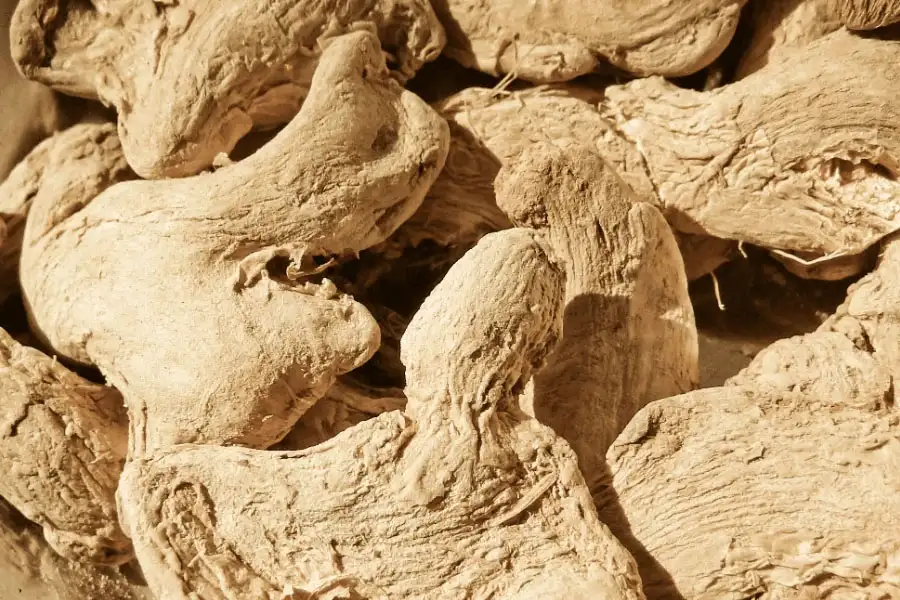
Ginger
Dried Ginger, scientifically named zingiber officinale, is a strong, herbaceous spice called adrak in Hindi and Inji in both Tamil and Malayalam. Its origins lie in India and Malaysia, and it is now widely cultivated in Nigeria, Jamaica, Malaysia, Southern China and Japan, too. Called gingembre in French, jengibre in Spanish, ingwer in German, shōga in Japanese and jiang in Chinese (Mandarin), it is also a popular ingredient in Nepal, where it is referred to as aduvā. Koreans call it Kon-gang, and the Indonesians call garlic jahé and aliah.
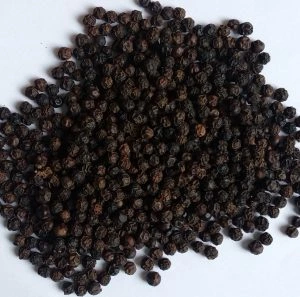
Black Pepper
The very versatile black pepper is scientifically called piper nigrum, which is a a flowering vine in the piperaceae family. It’s called kaali mirch in Hindi, milagu in in Tamil and kurumulagu in Malayalam. The characteristic black peppercorns, known to be used so widely in Indian cooking, are said to have originated in the Western Ghats of Kerala in India, and the Piper nigrum flowering vine, to this date, can be found growing in that area of the world. The Spanish refer to it as pimienta, the French call it poivre, the German call it pfeffer, the Arabic call it filfil aswad and the Chinese call it hu-chiao.
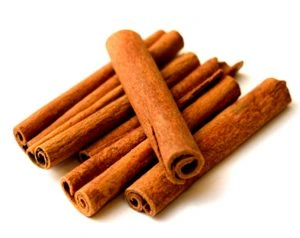
Cinnamon
The Ceylon cinnamon tree is scientifically called cinnamomum verum, and is native to Sri Lanka (formerly called Ceylon). The inner bark of this tree is what is used to make cinnamon and it lends its distinctive odour to this spice, owing to the presence of an oil called cinnamaldehyde in the bark. Cinnamon is called dalchini in Hindi, pattai in Tamil and krugapatta in Malayalam. In Arabic, cinnamon is referred to as querfa, in Indonesian it’s called Kayu manis, in Persian it’s called darchin and in Sinhala it’s called kurundu.
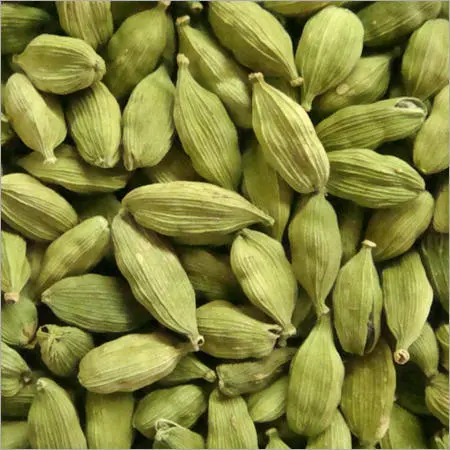
Cardamom
Scientifically called elettaria cardamomum, green cardamom is a herbaceous plant native to the Indian subcontinent and Indonesia. Often known as the “queen of spices,” the dried aromatic ripe fruits of cardamom have been known to carry medicinal value since the the 4th century BC. Cardamom oil is a mighty ingredient that is heartily deployed in food, perfumery, medicines and beverages. In Hindi, it is known as elaichi, yelakkai in Tamil and ellakkaya/elathari in Malayalam. The Spanish call it cardamomo, the French cardamome, the German kardamom, the Arabic hal and the Chinese call it pai-tou-k’ou.
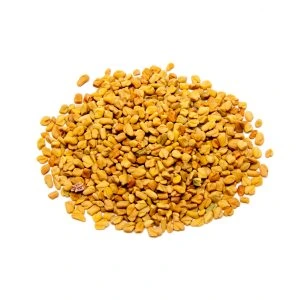
Fenugreek
An annual member of the fabaceae family, fenugreek is scientifically known as trigonella foenum-graecum. Fenugreek seeds and leaves are both prevalent ingredients in Asian cuisine, and its seeds are known world over to aid in the digestive process when ingested through the mouth. Fenugreek is called methi in Hindi, vendayam in Tamil and uluva in Malayalam. Around the world, it is also known as alholva in Spanish, bockshorklee in German, hulba in Arabic, fieno Greco in Italian and k’u-tou in Chinese. The Japanese call it koroha and the French simply call it fenugrec.
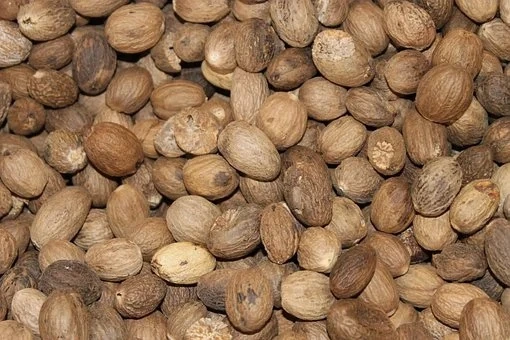
Nutmeg
Extracted from the dark-leaved evergreen tree named myristica fragrans (spices name), nutmeg is native to the Spice Islands of Indonesia where it is principally cultivated. With a distinctive pungent fragrance and a slightly sweet taste, nutmeg is mainly used to flavour baked goods, confections, puddings and sauces. In Hindi, it is called jaiphal/kathal and jathikai in Tamil and Malayalam. The Spaniards call it moscada, the Arabic call it jouza at-teeb, the German call it muskatnu, the French call it muscade, the Indonesians call it pala and the Chinese call it dou kou shu.
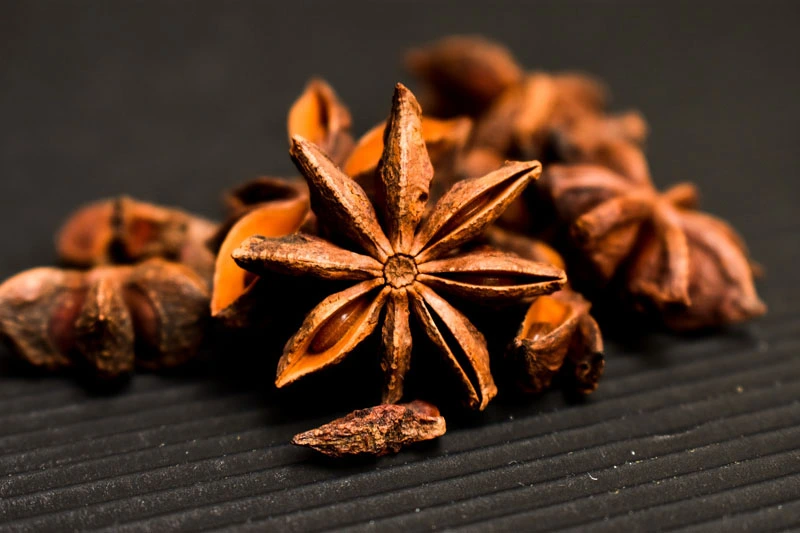
Star Anise
llicium verum, commonly called star anise, originates in evergreen trees native to Northeast Vietnam and Southwest China. Star anise has a distinctive sweet and spicy flavour. Its oil is highly fragrant and it is used in cooking and perfumery alike. A pillar ingredient to Chinese cooking, star anise is one of the main flavors in the Chinese five spice powder. It is an important ingredient in Vietnamese soup. In India, it is called anasphal in Hindi (spices name), anashuppu in Tamil and takkolam in Malayalam. Around the world, it is called ba jiao in Chinese, anis de la chine in French, sternanis in German and badian in Spanish.

Turmeric
Scientifically named curcuma longa, turmeric is a flowering plant belonging to the same family as ginger, or in other words the zingiberaceae family. Available commercially as a bright yellow, fine powder, this spice is used from antiquity as dye and a condiment. It forms an important part of Hindu rituals and “pooja’s” in the Indian subcontinent. Because of its typical yellow color, it is called haldi in Hindi (spices name) and manjal in Tamil and Malayalam.
In Spanish, turmeric is called curcuma, in German kurkuma gelbwurzel, in Portuguese it’s called acafrao-da-India and in Chinese it’s called yu chin.
There you go – you can now talk “spice” to anyone around the globe and bond over a meal. After all, food has no barriers!


